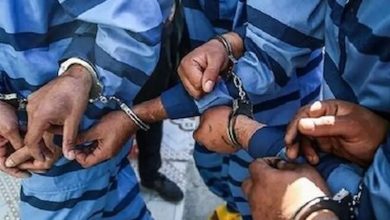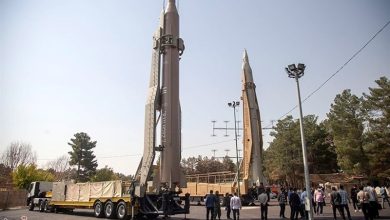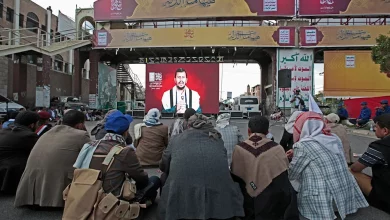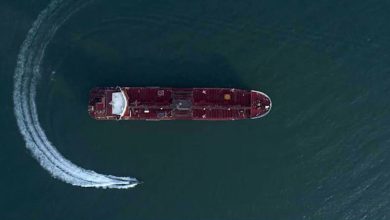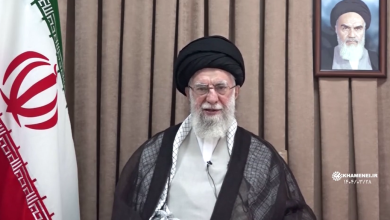Zionists in Distress: Israeli Deterrence Suffered Immensely in Jenin
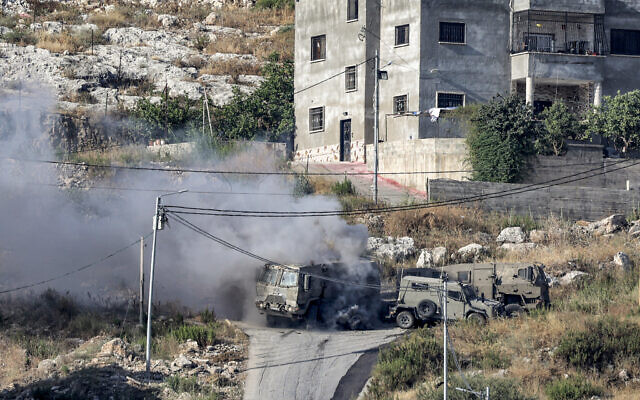
Monday’s battle against the Israeli occupation in the Palestinian city and camp of Jenin rang bell with the Israeli occupation, as the eight-hour clashes echoed similar battles in Gaza and south Lebanon, a number of analyses indicated.
Details of the battle, as well as scenes which emerged on social media show how significant the clash was and how the Palestinian resistance managed to develop its capabilities and military tactics.
As they voiced concern over the significances behind the Israeli raid in Jenin, Israeli analysts described the battle as a “turning point.”
Air Power Used for First Time in 20 Years
“Monday’s battle was especially difficult and necessitated using an Apache attack helicopter to help extricate the wounded – the first time air power was used during an operation in Judea and Samaria in some 20 years since the Second Intifada,” The Jerusalem Post’s Herb Keinon wrote on Tuesday, referring to the Jewish name of the West Bank.
I
n an article entitled “Look at Jenin for a preview of what awaits the day after Abbas,” Keinon cited former OC Central Command Maj.-Gen. (ret.) Gadi Shamni who said that it is preferable to use ground forces rather than air power during West Bank raids.
“The reason for this is not solely because air power is so much more destructive but also because using air power against West Bank cities only builds up the Palestinian ethos,” he added.
For his part, Ynet’s Yossi Yehushua said that “Israel’s deterrence suffered greatly on Monday, when local residents from the refugee camp, took photos of themselves with parts of the military’s equipment that was left behind,” adding that this “will no doubt motivate terrorists further.”
West Bank Resembles Gaza, South Lebanon
The Israeli analyst added that the Israeli raid in Jenin “will be a turning point in the Israeli military’s operational conduct not only because of the hours it took to extract a troop carrier after it was damaged by an IED but because of the powerful explosive device that illustrates how the area is beginning to resemble South Lebanon” before the Israeli 2,000 withdrawal.
In an article entitled “The West Bank must not be allowed to resemble Gaza,” Yehushua described the militant activity in the West Bank as “an organized effort to deter” Israeli raids and bolster militant control, much like the situation in the Gaza Strip. Yehushua, in this context, emphasized that the Israeli occupation “must not allow this to happen and therefore must find an adequate response to the new and evolving challenges.”
Meanwhile, the JPost’s Khaled Abu Toameh said scenes of Palestinians celebrating with parts of Israeli armored vehicles damaged by explosive devices and Apache helicopters hovering over Jenin are likely to boost the popularity of the resistance groups, most of which are affiliated with Islamic Jihad and Hamas.
He noted that these images create the impression that the Israeli so-called counterterrorism operation, which began several months ago, has failed to eradicate the resistance groups.
“They also create the impression that certain parts of the West Bank, particularly Jenin, are beginning to resemble the Gaza Strip and Lebanon, where the IDF faced similar tactics by Palestinian terror groups and Hezbollah,” Abu Toameh wrote, referring to Israeli occupation forces, in an article entitled “Jenin looking more and more like Gaza, Lebanon.”
“Upgraded, Disturbing” Military Capabilities
On the other hand, Abu Toameh said that Monday’s clashes “are also seen to be an indication of the Palestinian armed groups’ success in upgrading and developing their military capabilities and warfare tactics,” noting that the resistance fighters seem to have gained a lot of experience as a result of almost daily clashes with Israeli security forces.
He quoted a Palestinian security source as saying that the number of fighters in Jenin and other parts of the northern West Bank, including Nablus, exceeded 1,500.



